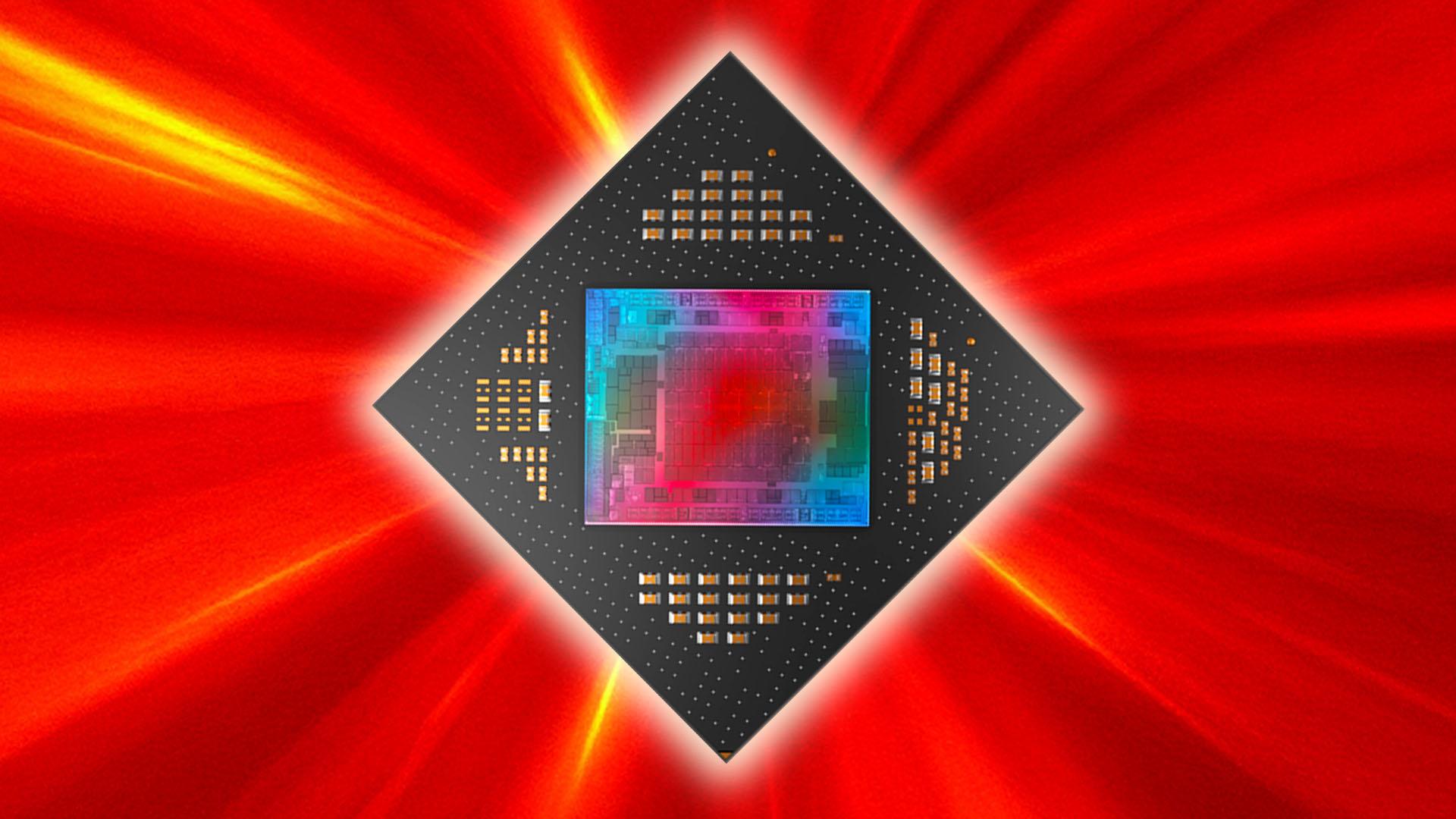-
Nieuws Feed
- EXPLORE
-
Pagina
-
Blogs
-
Forums
AMD just announced a new ray tracing gaming GPU core, promises big speed boost

AMD just announced a new ray tracing gaming GPU core, promises big speed boost
AMD says it's about to adopt a "brand-new rendering approach" when it comes to ray tracing, and specifically path tracing, in the latest games, thanks to a new dedicated hardware block in its next-gen AMD Radeon gaming GPU tech. Developed in collaboration with Sony, AMD says the new dedicated ray tracing hardware, called the Radiance Core, will push "lighting performance to a whole new level" in the latest games.
Path tracing is one area where the latest AMD GPUs still significantly lag behind Nvidia's new Blackwell chips, as demonstrated in our recent Doom The Dark Ages path tracing test. However, AMD is clearly looking to close this gap with its new Radiance Core, which looks to move a key area of the ray tracing pipeline to a dedicated hardware block.
"We've spent the last two years rethinking the entire path tracing pipeline, from hardware to software," says AMD senior vice president and general manager of the Computing and Graphics Group, Jack Huynh. In a joint announcement with Sony PS5 lead architect Mark Cerny, shown in the video below, Huynh described the Radiance Core as "a new dedicated hardware block designed for unified light transport."

Cerny explains the key change with this new core, which is bringing all the ray traversal calculations into hardware, rather than AMD's previous tech that overly relied on the CPU and GPU shader cores for ray traversal work. "To perform ray tracing today, a shader program has to juggle two very different responsibilities," explains Cerny.
"One is ray traversal, digging through complex data structures to locate where the millions of rays being cast hit the millions of triangles in the scene geometry. When there are intersections, that same shader program has to also be doing its usual work of shading the scene, using texture and lighting information, and the like."
However, the new Radiance Core takes on the work of calculating ray traversal away from not only the CPU, but also the GPU shader cores, which Huynh explains "frees up the CPU for geometry and simulation and lets the GPU focus on what it does best - shading and lighting." The result, according to Cerny, is "a significant speed boost" not only from having the traversal logic in hardware, but also thanks to the Radiance Core operating independently from the standard GPU shader cores.
Cerny also states that there are "other features in the works" to improve ray tracing performance as well, including "flexible and efficient data structures for the geometry being ray traced." If this new GPU hardware block can indeed enable AMD to catch up with (or even overtake) Nvidia in the path tracing stakes remains to be seen, as we're not going to see this tech on the PC for a while yet, but with FSR Redstone also in the works, AMD looks like it's finally closing the last few gaps.
In the meantime, check out our guide to buying the best graphics card if you're looking for a GPU upgrade now. If you want to run the latest games with path tracing, then you really need one of the latest GPUs, but AMD's new graphics cards otherwise offer great performance for the money.
Is AMD on the right track here? Let us know your thoughts about path tracing in the latest games in our community Discord server.


